the 4th Pillar
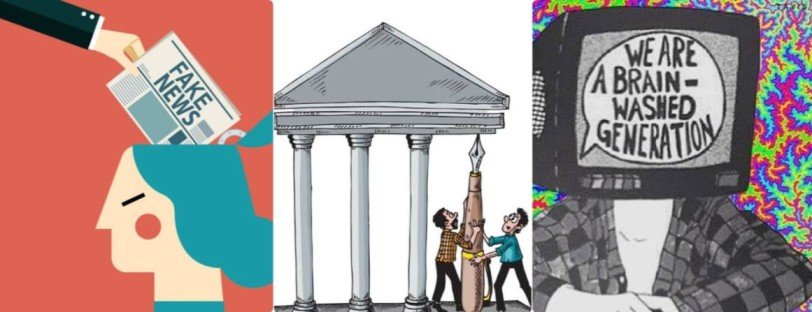
Press also known as the fourth pillar, was the voice for the freedom fighters in India’s journey towards independence. It was not only a medium of information sharing but also became a tool of criticism of the British Govt. Press played a major role in the uprising movement and India’s nationalist ideology.
The then media helped India gain worldwide support for movements like the, Salt march, Khadi movement, 1942 Quit India movement. So critical was the importance of press and media then. But in the present scenario the media has been reduced to a mere business organization. Be it broadcasting, print, mass or social, their primary motive is only monetary.
Aaj Tak, NDTV, Zee, Times Now or Republic, all are big business houses. Some are earning more and some are earning less, but all are doing business. Media has never fully acted as the 4th pillar of democracy. So they should stop calling themselves as the watchdog of democracy. Their primary motive always has been monetary.
the History
Press and media’s role is to keep a constant eye on the other three pillars i.e, Legislature, Executive and Judiciary. Is today’s media doing its role effectively? In the past also, has the media ever done its role properly? We would never know.
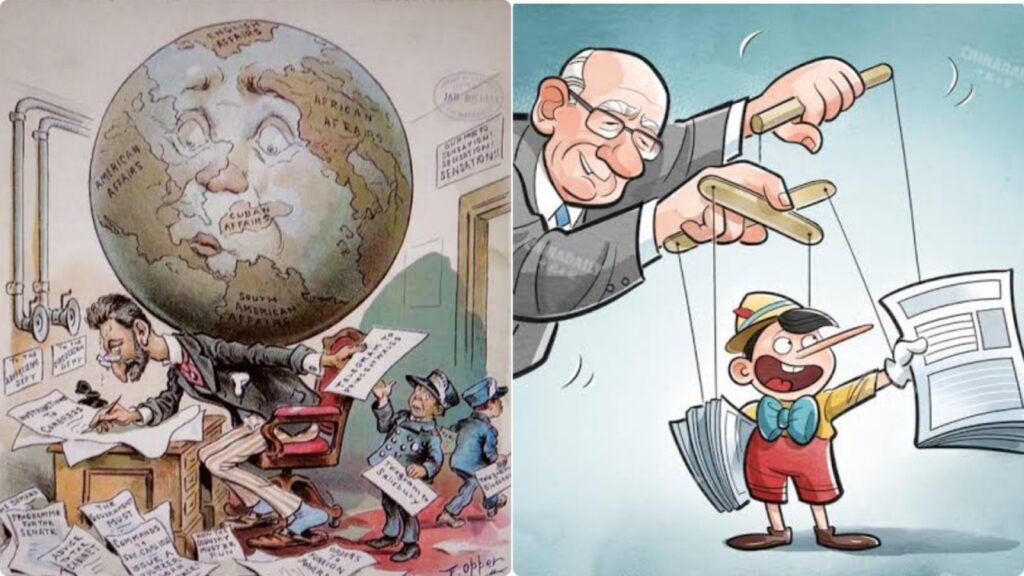
Most of our past historical knowledge has been formed based on media information. How reliable were those information? Most of the information has been written by the people in power. Could it be possible that some events were purposely misrepresented. And thus we have a certain understanding of our history. We can only speculate. There are so many things hidden from us because the marxist mindset writers didn’t want the future generations to know about it. Most of the history is written in the pre internet era. There was nothing to cross check the authenticity of those information. So people blindly believed anything that came out of the press.
Biased Content
Media is not doing its job properly when bollywood, hijab, pakistan, religion, mandir masjid or hyper nationalism are being constantly debated on prime time. It’s not entirely the channel’s fault, it’s also us. They are only catering to people’s interest. It’s often said that Indian media has been sold out. They are selling, only because we are buying it. No matter how much noise we make about the unethical media, but they have proper data on which issues they are receiving more views and more TRP’s. Hence they are only catering what the audience wants.
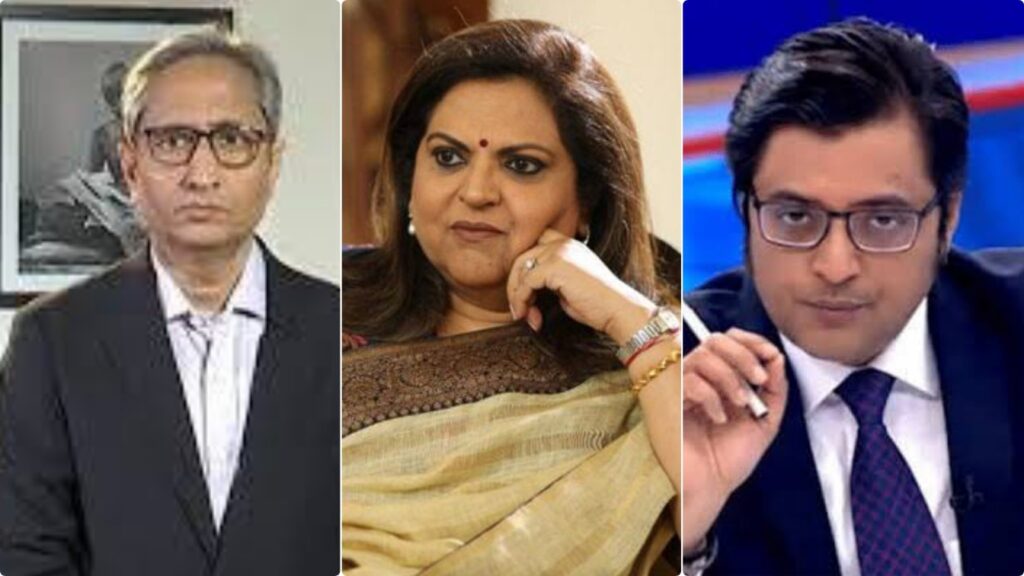
But still some news channels like NDTV debate on real issues like employment, poverty and growth. But while addressing those issues they also end up being bit biased. Their analysis becomes very haphazard. At last they end up targeting some selected people or an organization. It’s being criticised to the point where it’s becomes too prejudice. Mere covering the real issues on prime time doesn’t make you a good channel. You need to do justice with that issue. All the issues concerning India need unbiased analysis, which even a reputed channel like NDTV fails to do so.
Most of the media and press portrait themselves as the saviour of truth. They project themselves as if they only show the truth and others have sold out. But nobody is any different from the other. All are greedy for ratings. The only difference is some are less and some are bit more.
Influences thought process
Media never presents any incident in all truth. There will always be some kind of clever manipulation. Indian people are very gullible, they easily believe in the “supposedly, allegedly, as per our sources” style of news making. With this style of journalism the media just sell anything.
But the problem occurs when media tries to impose their understanding on the audience. All this is done very smartly without even the public realising that their social and economic viewpoint is being unconsciously influenced. It influences people’s mind so much that it changes their voting choices. It influences you so much that either you become a left winger or a right winger. At last you become incapable of seeing the correct perspective.
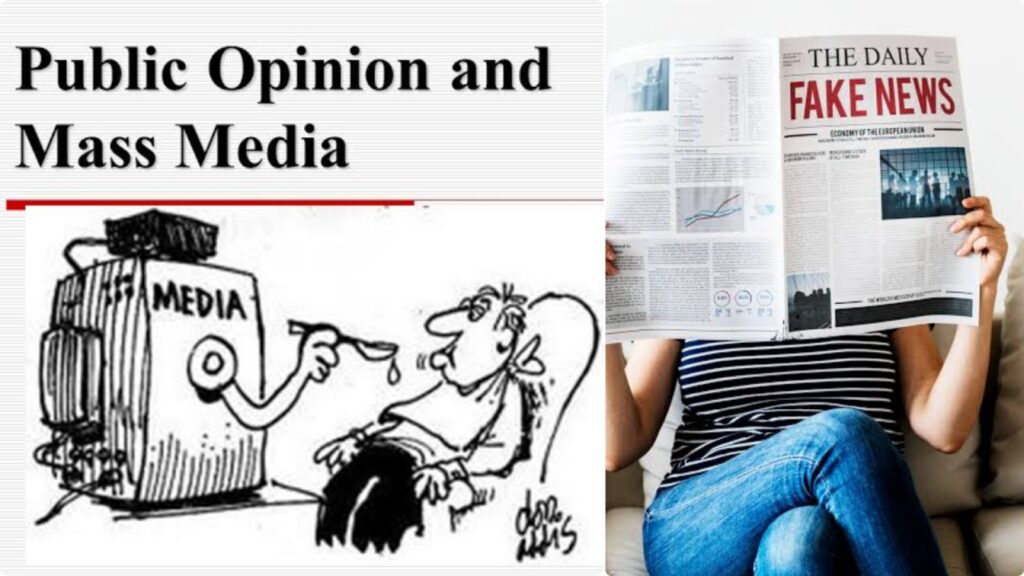
A journalist needs to be responsible about the information they are catering to the audience. It’s not only the information but also the message being conveyed by those journalists. On any issue, two channels have a completely different viewpoint. If a bill is passed, Zee news will present only the positives and NDTV will only highlight the negatives. Is the media’s job to form opinions? They should only present the facts and let the audience decide.
But the reality is that if you question the channel’s viewpoint then you are termed as an urban naxals, anti national or a leftist. But if you support them, then you are labelled as a rightwinger, bhakt or a sanghi. It’s a shame that the media is indulged in such name calling. These words have been imprinted in people’s minds by the media itself.
Narration Game
When you see that a journalist or a channel is too anti or pro on a particular issue, that means they are not doing their job properly. A proper journalist is someone who outlines all the scenarios and lets the audience decide. But these channels constantly try to paint a particular tale which suits their interest. Also, people nowadays prefer only those news which suits their political or social ideology. Nobody has the willingness for genuine information, neither the media nor the public.
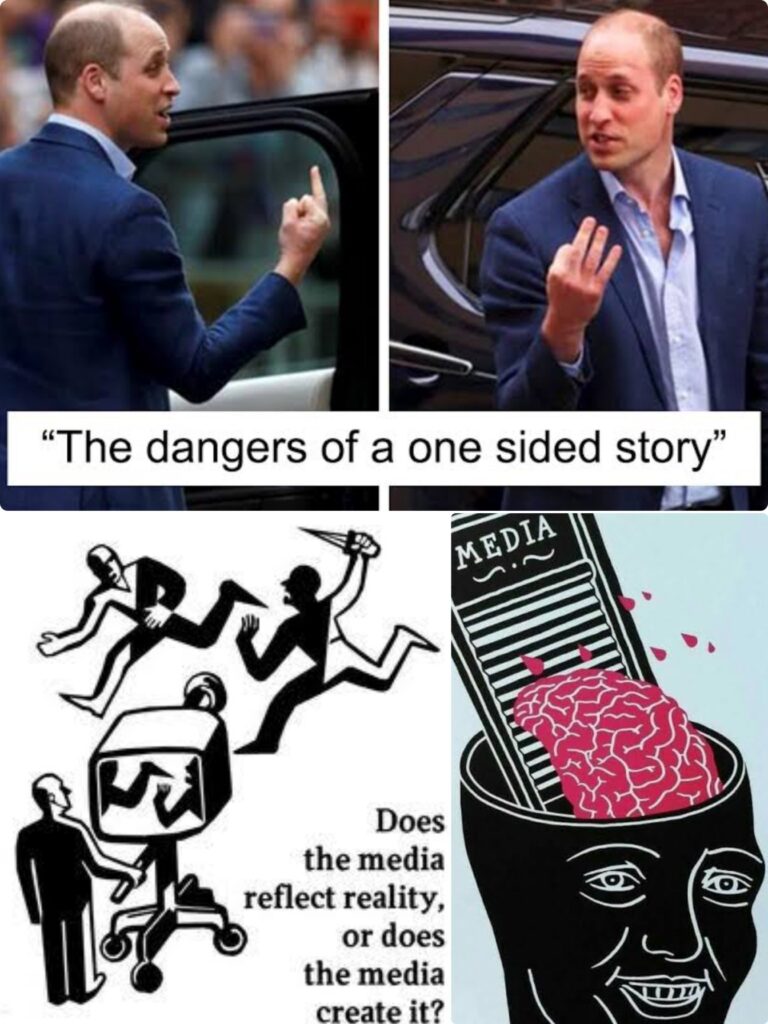
One thing we need to understand is that nobody cares for the truth, it’s only business. Some are openly selling their biases and some are selling their biases smartly. It’s like a bloody business war between the media houses. The anchors have become the face of their channel. Arnab Goswami means republic tv, Ravish Kumar means NDTV. People turn to these channels to listen to their favourite anchor talk rather than the news itself. The meaning of journalism gets lost when a journalist becomes bigger than the news.
Most of the time journalists speak the truth. But the problem is that they only highlight the truth which suits their interest. The other side of the story purposely doesn’t get attention, be it NDTV, Aaj Tak or Republic TV. All this is done very smartly, without even the audience realising it. Their story telling is very skillful, which makes you believe in anything. True content doesn’t matter, it’s the presentation people are drawn to.
Social Media Journalism
Since the jio internet revolution in India people are spending more time on the internet. This has also opened a new kind of earning opportunity in the social media. Among various types of contents, social media journalism is also on the rise. Some prominent are, the Quint, News Laundary, Dhruv Rathee, Nitish Rajput, Akash Banerjee, Abhi & Niyu and many more. If you carefully analyse each of their contents you will find that some youtubers lean towards a particular narrative. They often accuse the political parties of setting up a particular narrative. But in the process of debunking those narratives they end up creating an another narrative. All these narratives don’t do justice to that issue. Social media journalism has become more like supporting a particular narrative rather than telling the uncomfortable truth. Nobody is fully transparent.
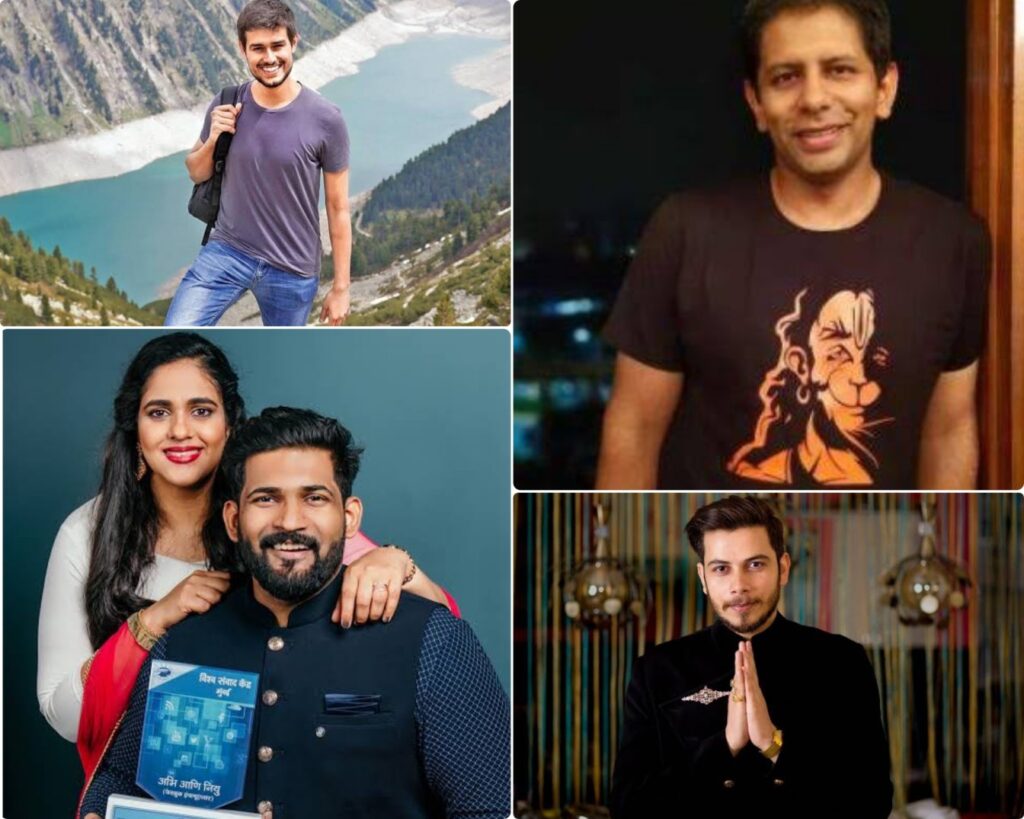
And they are also very selective in choosing their content. For example a supposedly left wing content creator hesitates in showing the minority in bad light. Similarly a supposedly right wing content creator hesitates in showing the majority in bad light. It’s all become an appeasement game. In all this left wing vs right wing the truth gets suppressed.
Some of these youtube creators are very skillful in presenting their content. Their skillful presentation can make you believe anything. And unfortunately people believe them very easily. If we critically analyse their content with proper facts and logic we will find that their content also has some gaping holes. People need to be smart enough while watching their content.
Editors Choice and Views
Some world renowned magazines and publishing houses’ articles often hit the headlines. Most people take those articles very seriously and fully believe the truthfulness of it. We must remember that those opinions are of those writers and editors. Their opinions may not be so credible. Sometimes these popular magazines portray a particular individual or an organisation in a certain controversial manner.
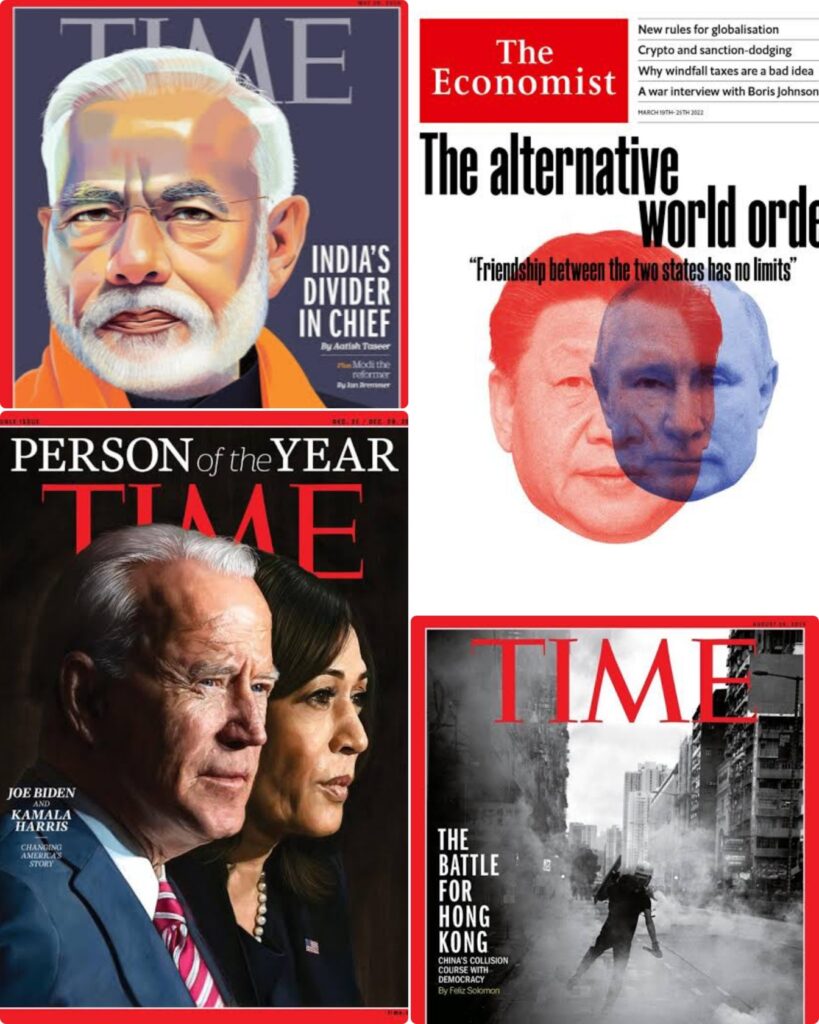
Are those portrayals accurate enough? Do these magazines and publications have an accurate understanding of history, culture, socio economic, environment, conflicts and politics? There’s so much understanding needs to be done. Only a few groups of people cannot have a complete understanding of these aspects. Or may be they have understood that purposely publishing controversial content does good business.
Magazines making a commentary on these issues should just be taken as the view of the editor, not the ultimate truth.
Conclusion
The fourth pillar theory used to make sense in the pre social media era when traditional media were our only source of information. Whatever they presented we took it as the only truth. But the demographic has changed now. It’s time that the traditional media needs constant monitoring. Technology has become so advanced that anybody can become an alert watchdog.
The mess in which journalism has put itself into needs serious self introspection, be it Indian media or the world media. But do they want to listen or it’s just too idealistic talk which is just laughed off.


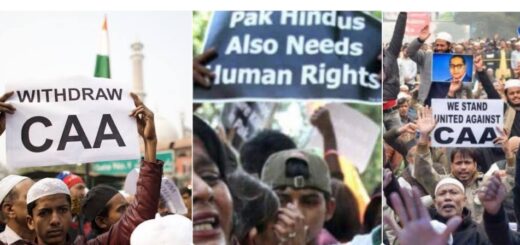
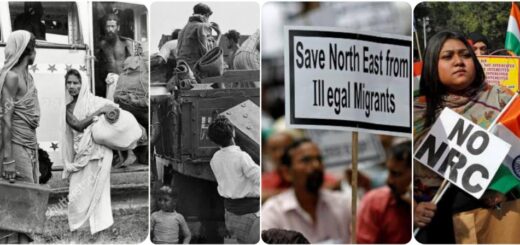










Recent Comments